First International Sky Train
On May 14, 1935, US and Cuban pilots flew the first international airmail sky train. Inspired by locomotives hauling wagons, this air train consisted of a motored airplane pulling two gliders.
On May 15, 1918, America’s airmail service began when two Curtiss Jennys departed New York and Washington, DC. In the months that followed, pioneering aviators expanded airmail service over the treacherous Allegheny Mountains to Chicago and eventually the west coast.

On May 14, 1935, US and Cuban pilots flew the first international airmail sky train. Inspired by locomotives hauling wagons, this air train consisted of a motored airplane pulling two gliders.
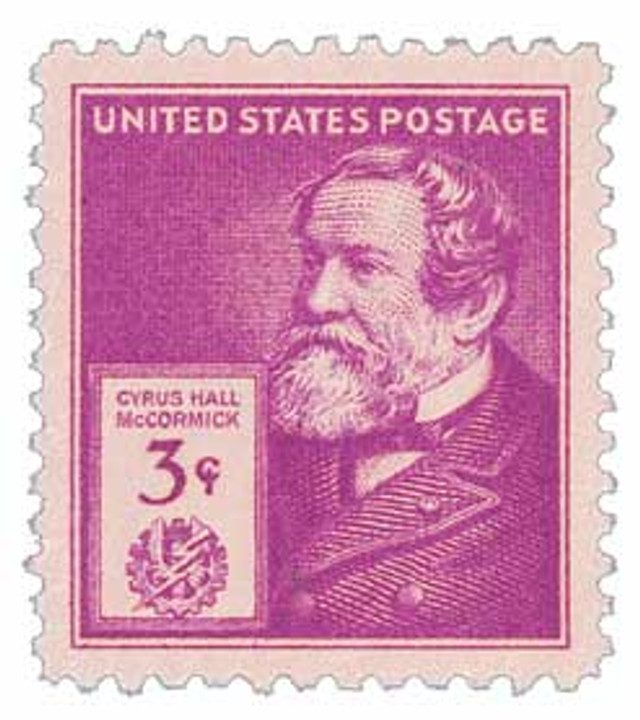
Inventor and businessman Cyrus McCormick died on May 13, 1884, in Chicago, Illinois. He’s best known for his mechanical reaper, which increased productivity, and advanced the industrialization of agriculture in dozens of nations.
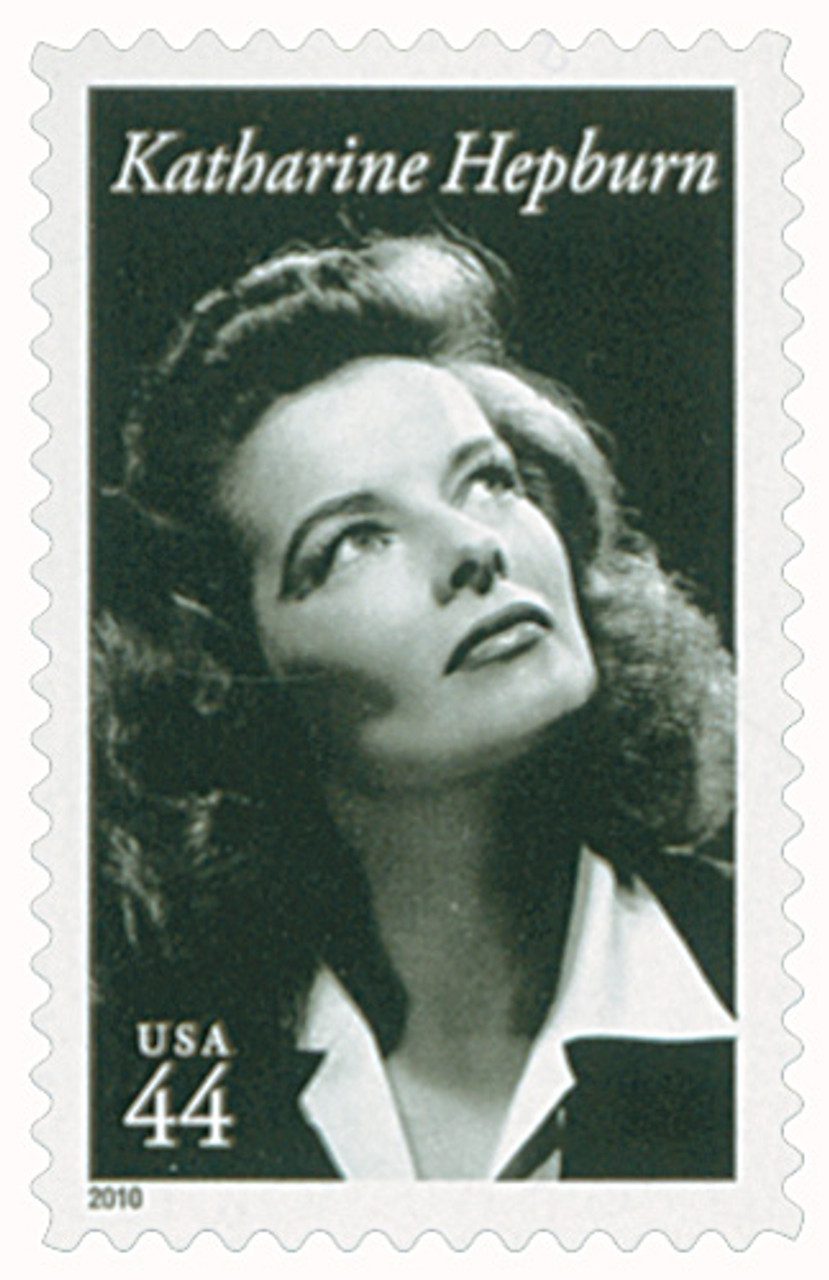
Katharine Houghton Hepburn was born on May 12, 1907 in Hartford, Connecticut. One of Hollywood’s leading ladies with a career that spanned six decades, she holds the record for the most Best Actress Academy Awards.
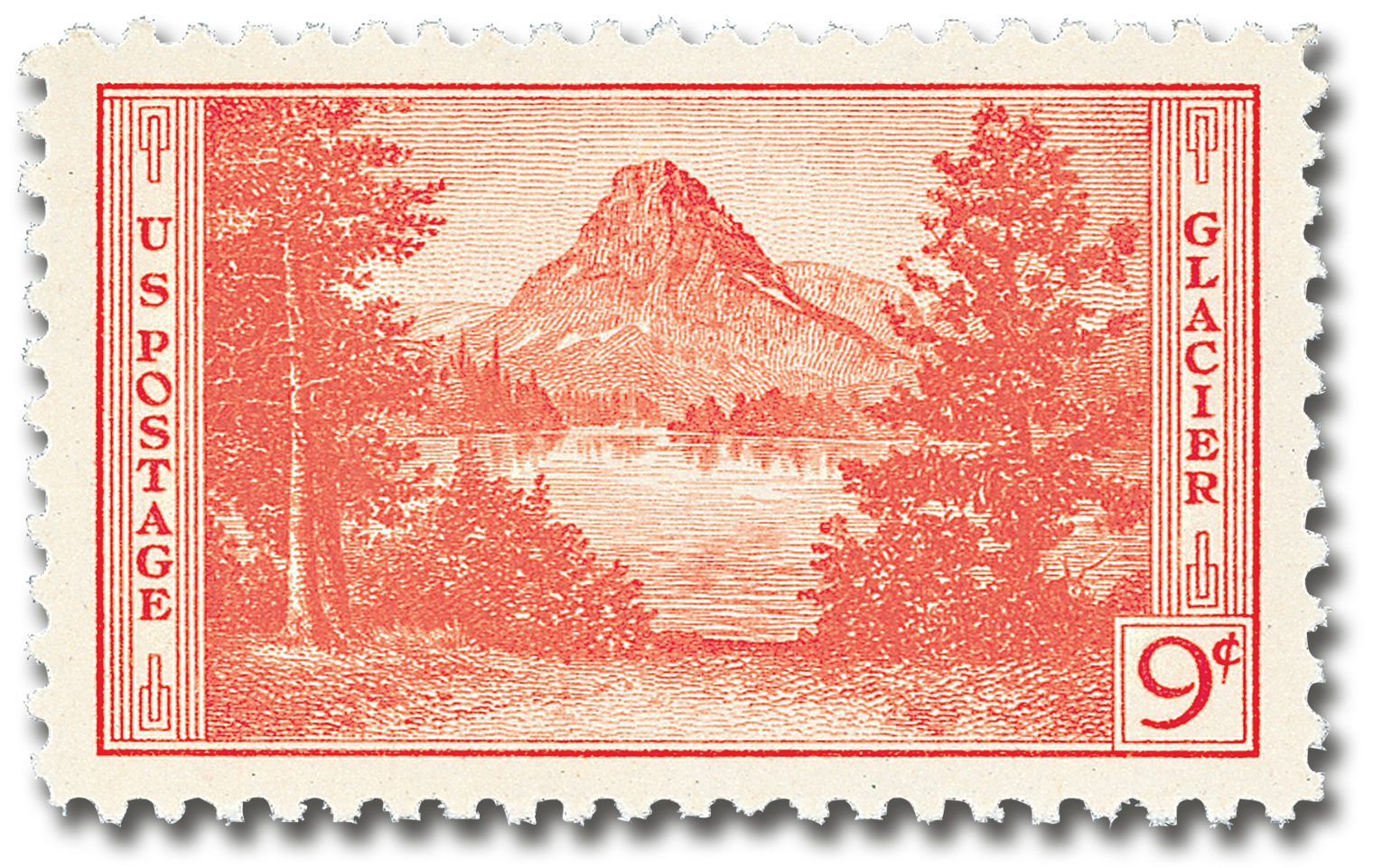
On May 11, 1910, an act of Congress officially created Glacier National Park in Montana. America’s 10th national park, its been called the “Crown of Continent.”

On May 14, 1935, US and Cuban pilots flew the first international airmail sky train. Inspired by locomotives hauling wagons, this air train consisted of a motored airplane pulling two gliders.
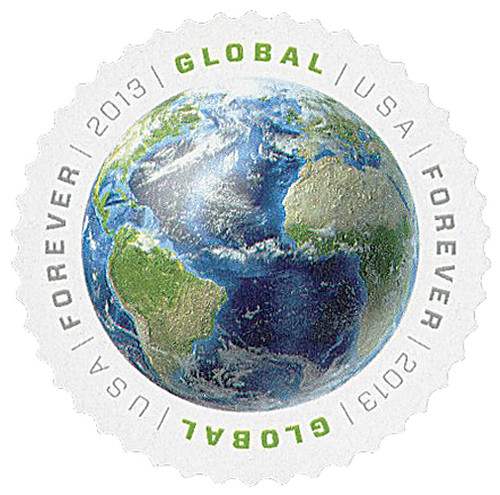
On January 28, 2013, the USPS issued the first stamp in its Global Forever Series. These stamps were created to simplify sending international mail.
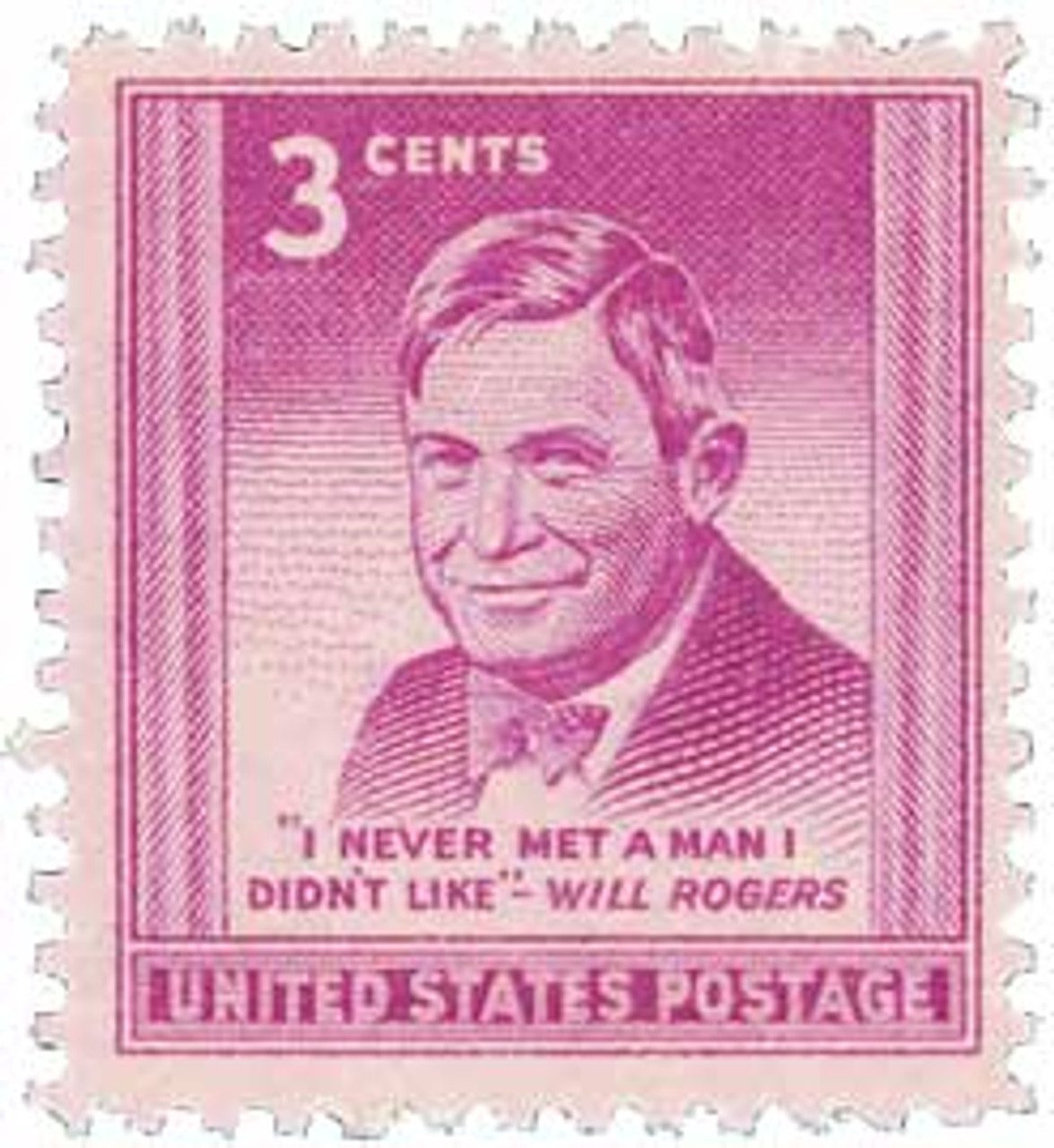
William Penn Adair Rogers was born on November 4, 1879, in Oologah, Cherokee Nation (present-day Oklahoma). A popular actor and humorist, he was called “Oklahoma’s Favorite Son” and “America’s Favorite Cowboy.”

On October 12, 1989, the USPS issued the first stamp in the America Series. The stamp series was a collaboration between the 24 Western Hemisphere countries in the Postal Union of the Americas and Spain (PUAS).

On May 15, 1942, the Women’s Army Auxiliary Corps (WAAC) was established. The women of the WAAC filled important noncombatant jobs, freeing up thousands of men for combat.
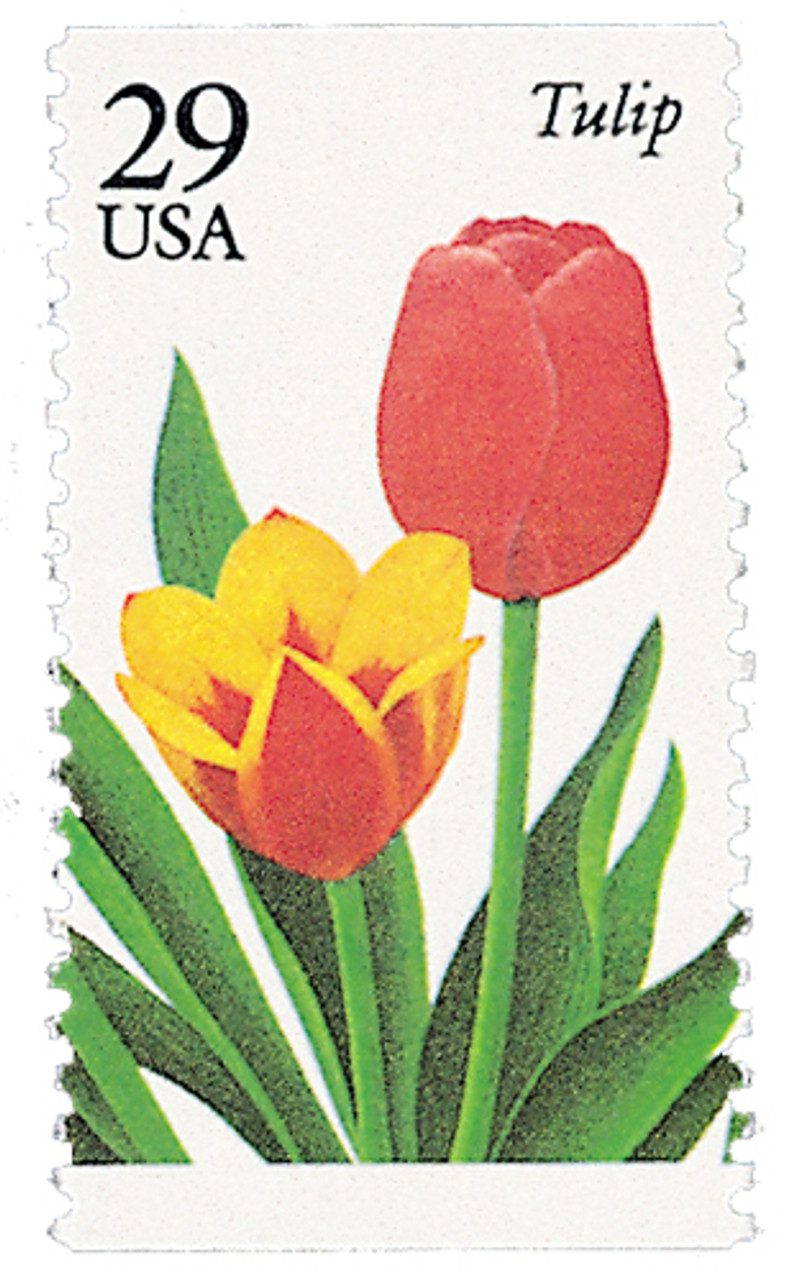
On May 15, 1993, the USPS issued the first installment in the Garden Flower Series, which would honor flowers that bloom in each of the four seasons. The series was inspired by the popular Wildflowers 50-stamp se-tenant issued a year earlier.

Katherine Anne Porter was born Callie Russell Porter on May 15, 1890, in Indian Creek, Texas. Porter was best known for her long short stories written in flawless prose, which have a texture and complexity usually found only in novels.

On May 15, 1963, the US observed its first Peace Officers Memorial Day. It’s a day that pays tribute to America’s local, state, and federal peace officers who have died or been injured in the line of duty.
Love history?
Subscribe to get This Day in History stories straight to your inbox every day!
[newsletter_form]